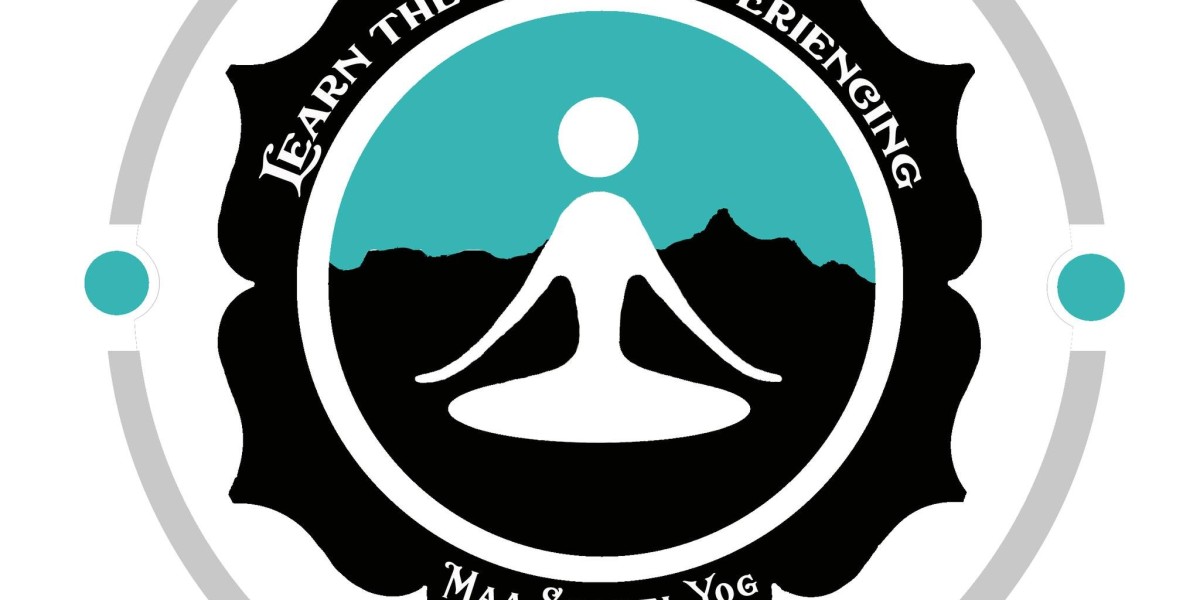The idea of becoming a certified yoga teacher often begins with a deep inner calling, a desire not just to deepen one’s own practice but to help others experience the transformative power of yoga. When it comes to choosing the right place for your 200-hour yoga teacher training (YTT), Bali consistently ranks at the top. But why is Bali such a magnet for aspiring yoga teachers? And what exactly can you expect from a 200 Hour Yoga Teacher Training In Bali on this magical island?
Whether you’re looking to teach yoga professionally or simply want to immerse yourself in the yogic lifestyle, this guide will walk you through everything you need to know.
Why Choose Bali for Your 200 Hour Yoga Teacher Training?
Bali is not just a tropical paradise; it’s a spiritual sanctuary. With its lush rice fields, tranquil beaches, rich culture, and vibrant community of wellness seekers, Bali offers the perfect backdrop for deep inner work. The island has long been a hub for yoga and holistic wellness, attracting teachers and students from all around the world.
Beyond the breathtaking landscapes, Bali provides a peaceful and nurturing environment that supports emotional healing, spiritual growth, and self-discovery. Many students find that being away from their everyday routines helps them fully immerse in the training without distractions.
What is a 200 Hour Yoga Teacher Training?
A 200-hour YTT is the foundational certification recognized by the Yoga Alliance. It covers all the essential aspects of yoga, preparing you to teach with confidence and clarity. Most schools structure the training over 3 to 4 weeks of intensive learning, though some offer part-time or modular formats spread over several months.
By the end of your training, you’ll not only receive a certificate but will also gain a deeper understanding of yoga beyond just the poses.
Core Components of the Training
Here’s what’s typically included in a 200-hour program:
- Asana Practice (Postures): You’ll explore various yoga styles such as Hatha, Vinyasa, or Yin. Expect two asana classes per day, one dynamic and one restorative.
- Pranayama (Breathwork): Learn breathing techniques that help control energy and calm the mind.
- Meditation: Daily practices that cultivate mindfulness and presence.
- Anatomy & Physiology: Understand how yoga impacts the body and how to teach safely.
- Yoga Philosophy: Study ancient texts like the Yoga Sutras of Patanjali and the Bhagavad Gita.
- Teaching Methodology: Learn how to design and cue a class, adjust students safely, and develop your own voice as a teacher.
- Practicum: Practice teaching your peers and receive feedback from experienced instructors.
A Day in the Life During Training
A typical day in a Bali YTT begins early, usually around 6:00 AM. Mornings start with meditation, pranayama, and asana practice. After a nourishing breakfast, the rest of the morning is often dedicated to theory classes or workshops. Lunch is followed by rest, and the afternoon might include more learning or practice sessions. Evenings end with a restorative class or group reflection.
While the schedule is intense, it’s also deeply fulfilling. You’ll be surprised at how much you grow physically, mentally, and emotionally in just a few weeks.
What Makes Bali Trainings Unique?
- Nature and Tranquility: Practicing yoga in open-air shalas surrounded by jungle or overlooking the ocean creates a unique connection with nature that’s hard to replicate elsewhere.
- Cultural Depth: Balinese Hinduism blends spirituality and ritual into daily life. You may witness or even participate in local ceremonies, which can be powerful spiritual experiences.
- Holistic Approach: Bali’s YTT programs often include additional healing practices like sound baths, Ayurveda, ecstatic dance, or cacao ceremonies. This holistic exposure adds depth to your yoga journey.
- Community and Support: You’ll meet like-minded people from all over the world, many of whom become lifelong friends. The shared experience of transformation creates strong bonds.
How to Choose the Right Yoga School
With so many training programs available, choosing the right one can be overwhelming. Here are a few tips to help you decide:
- Check Accreditation: Ensure the school is certified by the Yoga Alliance.
- Read Reviews: Honest testimonials from past students offer valuable insight.
- Teacher Experience: Look into the lead trainers’ qualifications and teaching style.
- Course Content: Review the curriculum to see if it aligns with your goals.
- Accommodation and Food: Consider the living conditions, meals provided, and overall setting. Some schools offer luxurious resorts, while others provide simple ashram living.
Preparing for the Journey
Enrolling in a YTT is a big commitment. It’s not just a vacation, though you’ll certainly enjoy the scenery, it’s a deep dive into yoga and yourself.
Here are some practical tips to prepare:
- Practice Regularly: Build a consistent yoga practice beforehand to avoid injury and increase stamina.
- Pack Light and Mindfully: Essentials include breathable clothing, a good yoga mat, journal, sunscreen, insect repellent, and a reusable water bottle.
- Manage Expectations: Be open to growth and discomfort. Transformation doesn’t always feel easy in the moment.
- Take Care of Logistics: Book your flight early, ensure your passport is valid, and check visa requirements for Bali.
What You’ll Walk Away With
After completing your 200-hour training in Bali, you’ll receive a Yoga Alliance accredited certificate, but more importantly, you’ll gain:
- A deep understanding of yoga as a holistic lifestyle
- Confidence in teaching and sequencing classes
- A stronger, more aligned body and mind
- Connections and friendships that may last a lifetime
- Clarity about your path, whether it’s teaching or simply living more mindfully
Many students describe their training in Bali as life-changing. It’s a time of learning, unlearning, healing, and rediscovery.
Life After YTT: What's Next?
Once certified, you can begin teaching yoga in studios, gyms, private settings, or even online. Some graduates choose to continue their education with a 300-hour training or specialize in areas like prenatal yoga, yoga therapy, or children’s yoga.
Others return home not to teach professionally but to integrate yogic principles into their daily lives, careers, or relationships. Either way, your training will ripple through every area of your life.
Final Thoughts
Choosing to complete your 200-hour yoga teacher training in Bali is more than an educational decision, it’s a soulful journey. The island’s serene energy, combined with the depth of a comprehensive YTT, creates the perfect environment for transformation.
Whether you're just starting out on your yoga path or ready to take your practice to the next level, Bali offers the space, wisdom, and inspiration to support your growth. Listen to your heart. If it's calling you to Bali, chances are you're exactly where you're meant to be.
Set perfectly in the Sayan district of Bali's art and culture capital, Ubud, Maa Shakti Yog is an impressive 200hr yoga teacher training bali. The school is located just a few km away from Ubud Monkey Forest, Blanco Museum, and Saraswati Temple. The rooms and yoga hall at the school are clean and spacious, with all the necessary facilities and amenities. Apart from this, there is a swimming pool and a lavish garden. The Wi-Fi facility is available on the whole premise. The school is providing a chance for students to learn yoga from its core to peripheral aspects with a wide range of yoga courses, suitable for beginner, intermediate, and advanced learners.












